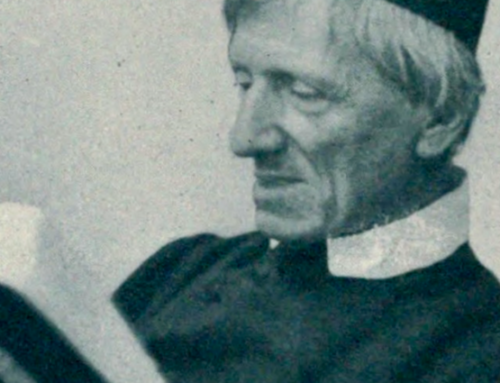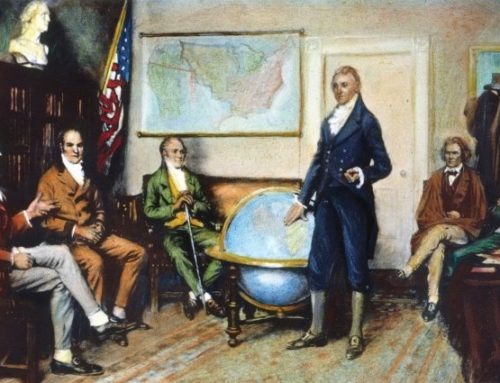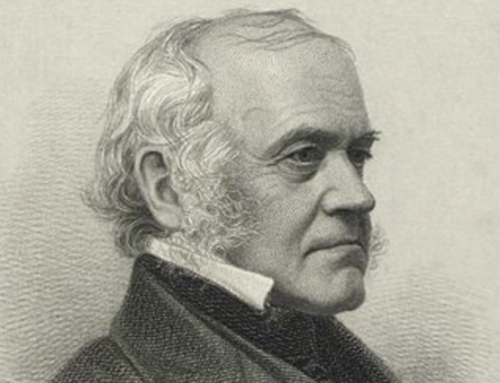It is an intimate art, the translation business. But it is the art of creatures like we humans, who live always on the border of matter and spirit, trying to marry together the infinite and the finite, the spiritual and the earthly, the eternal and the temporal.
 On January 11, 1940, the Italian writer and translator Cesare Pavese wrote in his diary: “Periods of great productivity in literature are preceded by a generation of intensely active translators. The closer history approaches our own era, the more the fusion of civilizations takes place, not by flesh and blood, but on paper. Instead of invasions, we have translations.”
On January 11, 1940, the Italian writer and translator Cesare Pavese wrote in his diary: “Periods of great productivity in literature are preceded by a generation of intensely active translators. The closer history approaches our own era, the more the fusion of civilizations takes place, not by flesh and blood, but on paper. Instead of invasions, we have translations.”
It’s odd to read that “instead of invasions” line when World War II was already raging when he wrote, even if all the countries that would eventually take part had not yet joined it. But I think it plain to see what he means: The fusion of civilizations that takes place in invasions often ends up being more defined by death—a heap of corpses intermingled—than a marriage with the resulting life. Even if the invaders don’t blow up all the buildings or burn the art, they quite often handle them roughly, not knowing what to do with the treasures of a civilization. And due to the situation, those being invaded are quite often unable to share what they have (even assuming they would want to share it with the present enemy) because all the attention is dedicated to the question of survival.
Not so with translations. Today they are, I suppose, labeled by the woke as acts of “cultural appropriation” or “colonization” or some such other nonsense, which can only be said if one considers the rather squishy groupings of humans according to race more important than the one grouping that follows both the science and the theology: the human race. But for those of us who subscribe to the latter term—by which I mean all sane people—translation is a fusion that reminds us of marriage.
Like marriage, translation brings together two distinct and different but similar things united by their humanity. And while some translations, like some marriages, are marked by faithfulness and beauty, some are unfaithful and ugly. Still others can be marked by an ugly faithfulness and others by a beauty tinged by infidelity. The old Italian saying traduttore, traditore means that the translator, perhaps every translator, is a traitor in some way. But the possibility of betrayal only exists because of that marriage-like intimacy of the act.
I wish I had come up with that last thought myself, but alas I appropriated it from Michial Farmer, a teacher and writer who translated a play written by the French Catholic philosopher Gabriel Marcel. He was one of four participants on a panel dealing with the art of translation at the fourth Catholic Imagination Conference, which was held at the University of Dallas at the end of September. As moderator for the panel, I was intrigued by how the speakers thought about this particular art.
Jeanine Pitras, a translator of Latin American poetry, talked about translation as the solving of a mystery, that of bringing one language and culture into another. That too sounded like marriage talk. Jason Baxter, who is currently translating Dante’s Commedia, talked about the need of the translator to convey the impressions given not just by denotations but also by the types of language used. He described the “high/low diglossism” of Dante—a fancy way of saying that sometimes the poet uses the exalted language of philosophers and theologians and sometimes the language of the streets. Figuring out how to get not only the right meaning but the right vibe to the translation is key. Should I translate the word as “devour” or “gulp”? I wondered if this tendency to use both levels in a work is intrinsically Catholic and Christian? After all, the Incarnation is the supreme mixture of high and low. God the Father translates the fullness of his mysteries to us by writing the Word in the rather humorously loopy font of human nature.
Translation, you might say, is revelation all the way up because it is revelation all the way down. It is one of the most difficult and ubiquitous acts of human beings. It’s not just that the world or the airport or even your town is filled with people of different languages. Even when we speak the same variant of the same language, we often find ourselves like the people of the biblical Babel, who were very clear on the project—make a name for ourselves in the heavens—but fell to incoherence by the time it was completed. I often have to ask one of my kids, “What does Mom’s message to me mean?” More often she is asking the kids what mine means, but this is the point.
Teaching is clearly an act of translating. So too writing. Frederick Turner, a translator of central European poetry, went off the rails in his presentation at the end by advocating for a new religion based on the scientific method. August Comte, call your office. But before he did, he made the very interesting point that “Every poet, to be a poet, is a translator.” He described the process of writing poetry as that of taking an “internal language” and translating it into “the written one.” It’s not just poets. I find myself that almost any worthwhile essay starts as a very vivid internal set of words and impressions for which I must struggle to find the prose to convey what I am trying to say.
The process can be tough, for I often discover that what was there in my internal language was partly right and partly wrong. But even when I still think I am right, getting the words to convey what I mean to others is hard. I have often quoted the sportswriter Red Smith, who observed, “Writing is easy. All you have to do is open up a vein and bleed.” The blood, along with the sweat, tears, and often coffee, that is shed is shed in service of trying to avoid being a traitor to the fullness of meaning that one feels is a gift one wants to share, a marriage one wants to make. It involves a great deal of knowledge and also a heart that listens to both sides and struggles mightily to bring truth from another realm into the one in which I live so that others might see it and be glad.
It is an intimate art, this translation business. But it is the art of creatures like we humans, who live always on the border of matter and spirit, trying to marry together the infinite and the finite, the spiritual and the earthly, the eternal and the temporal.
The Imaginative Conservative applies the principle of appreciation to the discussion of culture and politics—we approach dialogue with magnanimity rather than with mere civility. Will you help us remain a refreshing oasis in the increasingly contentious arena of modern discourse? Please consider donating now.
The featured image is “Scholar Sharpening His Quill” (1633) by Gerrit Dou, and is in the public domain, courtesy of Wikimedia Commons.







Leave A Comment